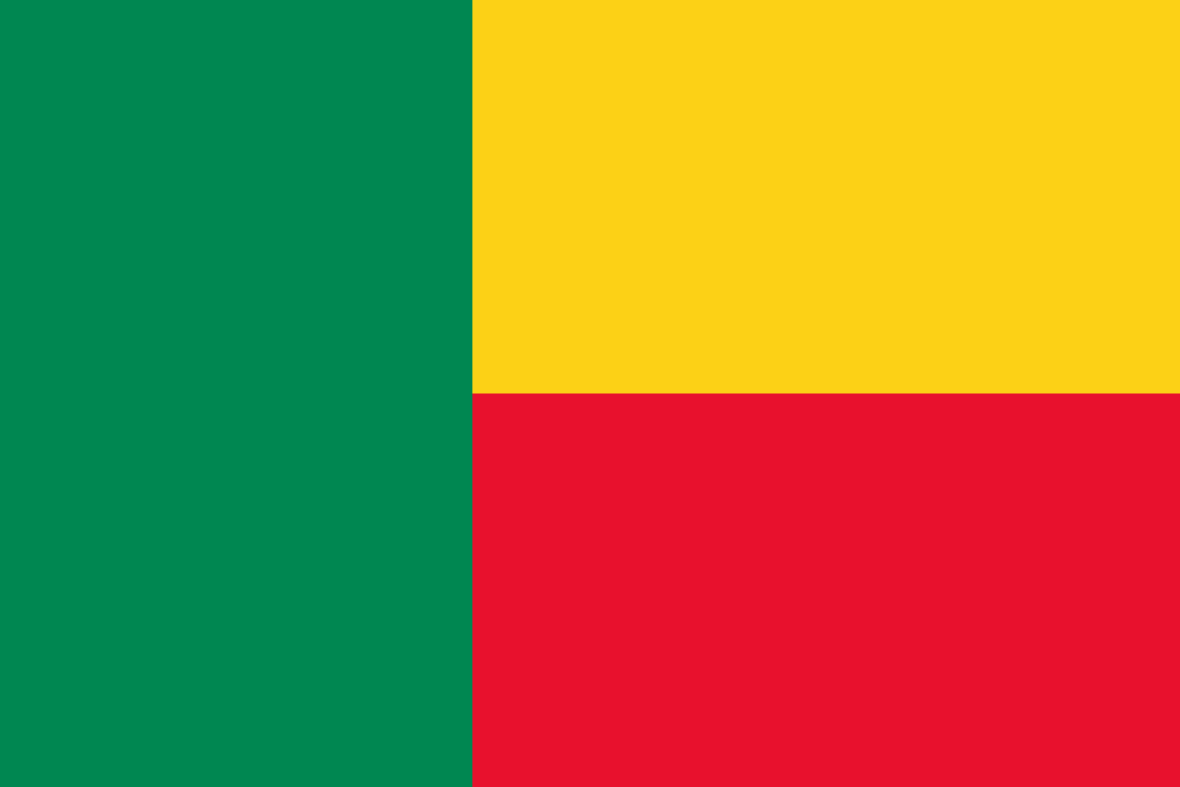Benin is a French speaking West African country. It’s considered by many to be the birthplace of the voodoo religion and home to the former Dahomey Kingdom from 1600 to 1900. In Abomey, Dahomey’s former capital, the Historical Museum occupies two royal palaces with many pieces recounting the kingdom’s past and a throne mounted on human skulls. Take a look below for 30 more interesting and fascinating facts about Benin.
1. Benin is bordered by Togo to the west, Nigeria to the east, and Burkina Faso and Niger to the north.
2. The majority of Benin’s population lives on the small southern coastline of the Bight of Benin, part of the Gulf of Guinea in the northernmost tropical portion of the Atlantic Ocean.
3. The capital of Benin is Porto-Novo, but the seat of government is in Cotonou, the country’s biggest city and the economic capital.
4. Benin is a tropical nation that’s highly dependent on agriculture, with substantial employment and income coming from subsistence farming.
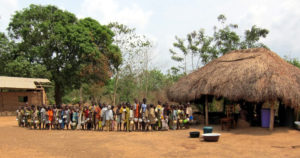
5. The official language of Benin is French, however, indigenous languages such as Fon and Yoruba are commonly spoken.
6. The biggest religious group in Benin is Roman Catholicism, followed closely by Islam, Vodun and Protestantism.
7. Benin is a member of the United Nations, the Africa Union, the Organization of Islamic Cooperation, the South Atlantic Peace and Cooperation Zone, La Francophonie, the Community of Sahel-Saharan States, the African Petroleum Producers Association and the Niger Basin Authority.
8. From the 17th to the 19th century, the main political entities in the area were the Kingdom of Dahomey, along with the city-state of Porto-Novo, and a big area with many different tribes to the north.
9. After slavery was abolished, France took over the country and renamed it as French Dahomey.
10. In 1960, Dahomey gained full independence from France. It has had a rough and violent history since then, with many different democratic government, military coups, and military governments.
11. A Marxist-Leninist state called the People’s Republic of Benin existed between 1975 and 1990. In 1991, it was replaced by the current multi-party Republic of Benin.
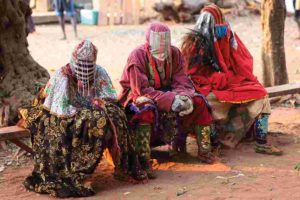
12. Benin is named after the body of water on which it lies, which is the “Bight of Benin.”
13. The capital region of country and the area nearby was referred to as “Slave Coast” from as early as the 17th century. During the trans-Atlantic slave trade, a large number of slaves were shipped to the New World.
14. By about 1750, the Kingdom of Dahomey was earning an estimated 250,000 pounds sterling per year by selling African slaves to European slave-traders.
15. The last ship of slaves departed from Dahomey for Brazil in 1885.
16. The high prices of legal gas forces the locals to buy illegally for cheap. Gas is illegally sources from Nigeria and is sold in the country. There are very few gas stations in the country.
17. The red color on its flag symbolizes courage, the yellow stands for wealth and the green symbolizes hope and revival.
18. Benin is home to Fulani herders who move their livestock over long distances in search of grass. These herders are locally known as the Peul.
19. People in Benin generally eat rice, vegetables and meat. Food is prepared at least twice a day. A variety of fish is eaten in the south while beef is more popular in the north.
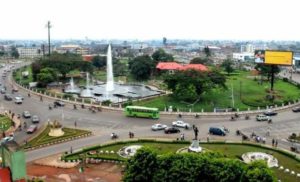
20. In the country’s culture, it’s considered bad to eat with the left hand or offer another person something with it.
21. With over 12,000 students enrolled, the University of Benin in Cotonou is the only post-secondary institution in the country.
22. Because of the extreme heat during the summers in the country, people tend to wear jackets to protect their skin from burns.
23. White people that visit the country are referred to as “yovo.”
24. People in Benin don’t like to be photographed as they believe that a photograph can be used to cast a spell or a curse.
25. The terrain of the country is mostly flat to undulating plain with some hills and low mountains.
26. Mont Sokbaro is the highest point of Benin, with an altitude of 659 meters, or 2,159 feet. It’s located on the border between Benin and Togo, and is part of the Atakora Mountains.
27. Benin has fields of lying fallow, mangroves, and remnants of large sacred forests. In the rest of the country, the savanna is covered with thorny scrubs and dotted with huge baobab trees.
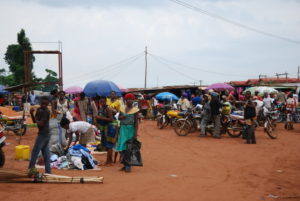
28. The Royal Palaces of Abomey are 12 palaces spread over a 40 hectares, or 99 acres, area at the heart of the Abomey town in Benin, which was formerly the capital of the West African Kingdom of Dahomey.
29. The Route d’Esclaves, or the Slave Route, is a 4 kilometer, or 2.5 mile, stretch of heritage road that is the last piece of African soil slaves from Benin touched before they were shipped to the Caribbean and the Americas. The route has many statues and monuments, including the Door of No Return, which is a memorial arch.
30. Royal pythons are worshiped in Benin, especially in Ouidah. Some Beninese households feed the pythons and keep them in a “temple” that they build. The Temple of Pythons is usually a small room of 12 square meters, or 130 square feet, that houses about 50 adult royal pythons.

